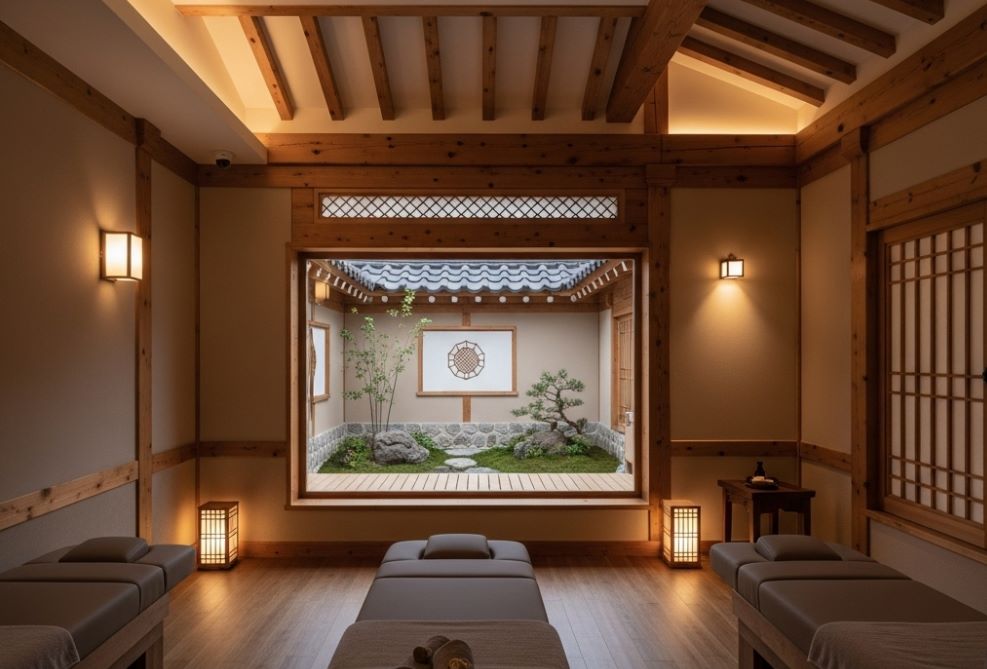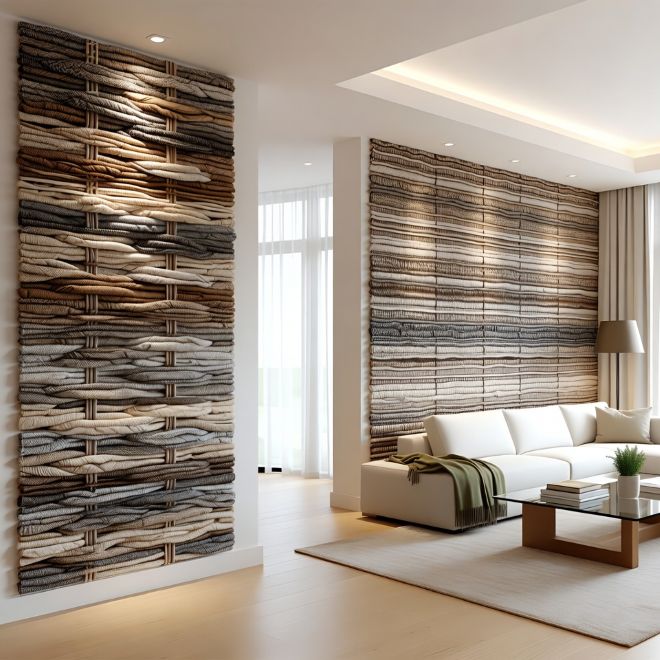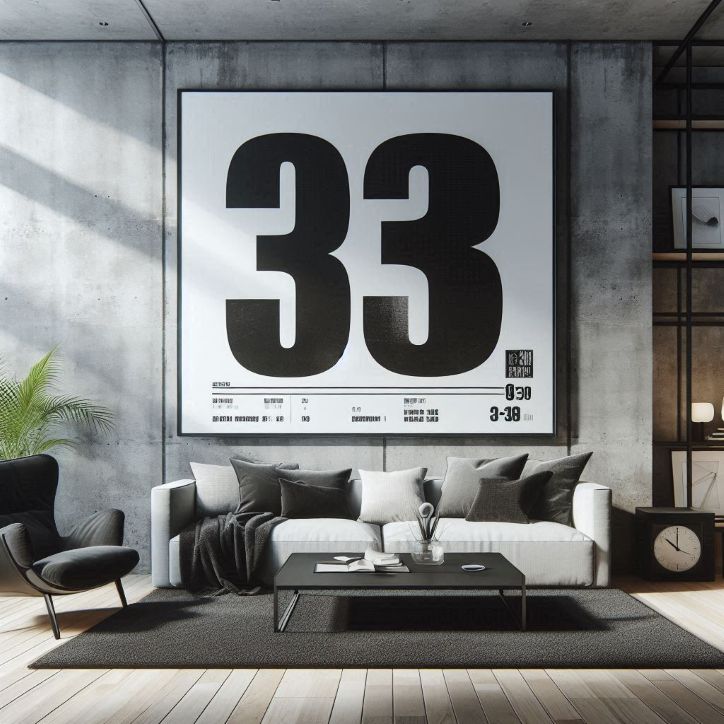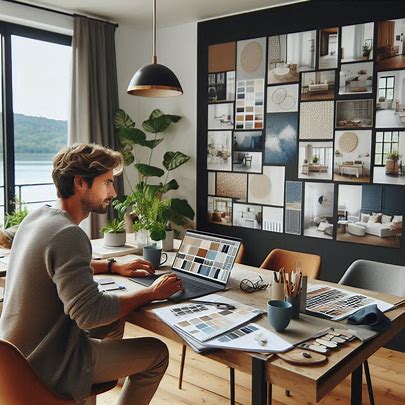
Korea is a country known for new ideas and fast progress. But it also deeply respects its old customs and ways. This duality is nowhere more beautifully expressed than in its wellness spaces. Imagine stepping into a sanctuary where ancient architectural principles seamlessly blend with contemporary design, creating an atmosphere that soothes not just the body but also the soul. These are not merely places for a quick massage; they are immersive experiences, crafted with an eye for detail that elevates relaxation to an art form.
Discovering these havens of tranquility can be a delightful journey for any design enthusiast. Many seek out places that offer both a restorative escape and visual pleasure. For those who appreciate thoughtful design in their pursuit of relaxation, an invaluable resource like OPCMD, an information hub for trusted and reputable venues in Korea, helps uncover these hidden gems, guiding you to top massage centers and spas known for their stunning aesthetics. From Hanok-inspired retreats nestled in bustling cities to minimalist healing rooms that evoke profound calm, Korea offers a diverse array of spaces where well-being and exceptional design converge.
The Allure of Hanok-Inspired Wellness
Traditional Korean Hanok architecture, characterized by its natural materials, curved lines, and harmonious integration with the environment, provides an ideal foundation for a serene wellness experience. Several spas have masterfully incorporated these elements, offering a unique blend of heritage and modern comfort.
Picture yourself unwinding in a massage room with wooden beams overhead, sliding doors that open to a private garden, and a gentle breeze carrying the scent of pine. These spaces often utilize natural light to create a bright yet intimate ambiance, enhancing the feeling of being connected to nature even indoors. The design prioritizes comfort and an unhurried pace, inviting guests to slow down and truly be present.
Consider these thoughtful details:
- heated ondol floors,
- traditional paper screens that diffuse light,
- and meticulously arranged courtyards visible from treatment rooms.
These elements are not just decorative. They are integral to the holistic experience, promoting a sense of peace and groundedness. The carefully chosen textures and natural color palettes further contribute to an environment that feels both luxurious and genuinely comforting.
Visiting such a place offers a profound cultural immersion alongside therapeutic benefits.
Minimalist Sanctuaries: Less is More Healing
On the other end of the design spectrum, Korea also boasts a selection of wellness spaces that embrace a stark, elegant minimalism. These establishments prioritize clean lines, uncluttered spaces, and a monochromatic or muted color scheme. The philosophy here is that a simplified environment helps reduce mental clutter, allowing for deeper relaxation and focus on the self. Imagine a quiet room with smooth, cool stone surfaces, subtle lighting, and perhaps a single, carefully placed piece of art. Every element serves a purpose, contributing to an atmosphere of profound calm and introspection.
Such minimalist designs often feature advanced technology subtly integrated, providing a seamless and high-tech wellness experience without overwhelming the senses. The absence of excessive ornamentation encourages the mind to quieten, fostering a deeper connection with the body’s sensations during a treatment. These spaces prove that luxury doesn’t always mean opulence; sometimes, it means the luxury of pure, undisturbed tranquility. They offer a refreshing counterpoint to more traditional aesthetics, appealing to those who find peace in simplicity and order.
Nature-Infused Retreats: Bringing the Outdoors In
Beyond distinct architectural styles, many Korean wellness centers excel at blurring the lines between indoor and outdoor spaces. They incorporate lush greenery, water features, and natural stone to create environments that feel like an extension of a tranquil garden or a serene forest.
These designs leverage biophilic principles, acknowledging the inherent human desire to connect with nature for well-being. Imagine a hot spring spa with floor-to-ceiling windows overlooking a verdant landscape, or a meditation room with a living wall providing a constant source of fresh air and visual calm.
The integration of natural elements often extends to the materials used, like polished river stones underfoot, rough-hewn timber accents, and the soothing sound of trickling water. Lighting is frequently designed to mimic natural daylight cycles, further enhancing the sense of harmony.
These spaces offer a restorative escape from urban life, allowing visitors to feel reconnected with the natural world even as they enjoy modern therapeutic treatments. It’s a reminder that true well-being is often found in balance, a concept beautifully articulated in these thoughtfully designed havens.
Beyond Aesthetics: The Experiential Journey
Ultimately, what sets these Korean wellness spaces apart is their commitment to a holistic experience. The stunning architecture and interior design are not just for show; they are integral components of a carefully curated journey towards relaxation and rejuvenation. For those fascinated by various popular interior design styles, observing how these principles are applied to create serene environments in Korean spas offers unique insights. From the moment you step through the door, every detail is designed to soothe your senses and prepare you for a profound sense of calm. The visual beauty enhances the therapeutic benefits, creating a truly memorable escape.
Whether you seek the historic charm of a Hanok, the serene clarity of minimalism, or the refreshing embrace of nature, Korea’s wellness landscape offers an abundance of beautifully designed spaces. These are not merely places to visit; they are destinations to experience, proving that design can indeed be a powerful tool for healing and harmony. Take the time to explore these architectural marvels and discover how aesthetic pleasure can profoundly enhance your path to well-being.









 Bellevue homes radiate charm, and inspired interior design unlocks their full potential. Thoughtful design transforms kitchens, bathrooms, and living spaces into areas that balance beauty with everyday functionality. Whether it’s a rustic retreat, a sleek modern haven, or a cozy farmhouse vibe, interior design shapes spaces that reflect the homeowner’s unique personality. In Bellevue, where diverse architectural styles meet vibrant lifestyles, custom renovations elevate homes into personal sanctuaries.
Bellevue homes radiate charm, and inspired interior design unlocks their full potential. Thoughtful design transforms kitchens, bathrooms, and living spaces into areas that balance beauty with everyday functionality. Whether it’s a rustic retreat, a sleek modern haven, or a cozy farmhouse vibe, interior design shapes spaces that reflect the homeowner’s unique personality. In Bellevue, where diverse architectural styles meet vibrant lifestyles, custom renovations elevate homes into personal sanctuaries.







